Nature’s most spectacular shows happen when conditions align perfectly—the right amount of rain, ideal temperatures, and perfect timing create wildflower displays that transform entire landscapes into living paintings. These fleeting events can’t be scheduled, but certain scenic byways consistently deliver when conditions align.
The key lies in knowing where to look and when to visit, because these fleeting spectacles often last just weeks before petals fade and seeds scatter. Experienced wildflower hunters understand that patience and flexibility reward those willing to chase reports and follow blooming patterns across different elevations and regions.
Here’s a list of 20 scenic byways that offer the best chances of witnessing wildflower superblooms in all their temporary glory.
Pacific Coast Highway, California
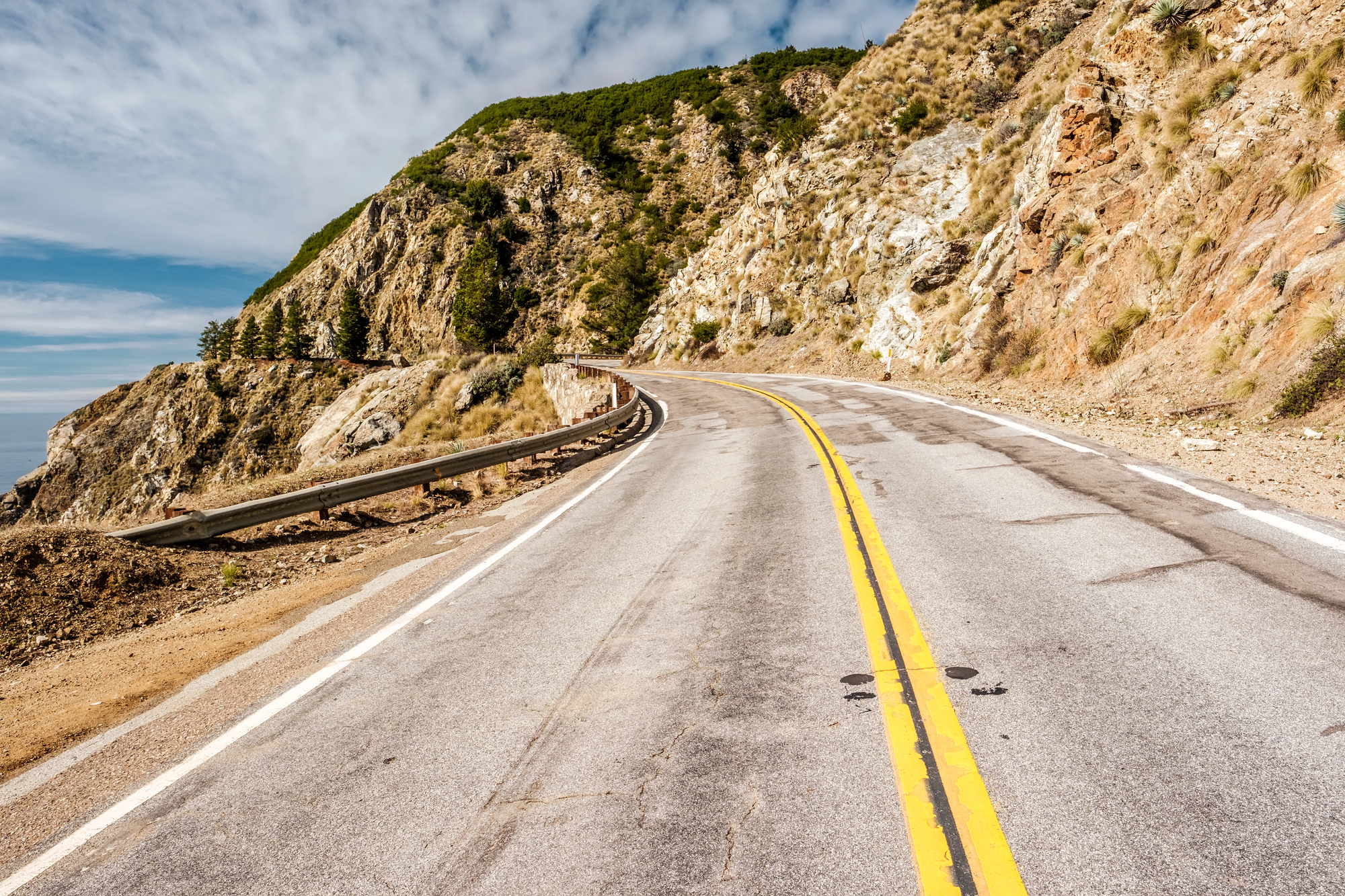
The Pacific Coast Highway transforms into a wildflower corridor each spring when California poppies, lupines, and coastal daisies carpet the hills overlooking the Pacific Ocean. The stretch between Big Sur and San Simeon offers the most dramatic displays, where orange poppies create waves of color that rival the ocean views.
Timing varies with rainfall patterns, but peak blooms typically occur from March through May at different elevations. The combination of coastal fog, ocean views, and endless wildflower meadows creates photo opportunities that capture California’s natural beauty at its finest.
Antelope Valley Poppy Reserve Loop, California
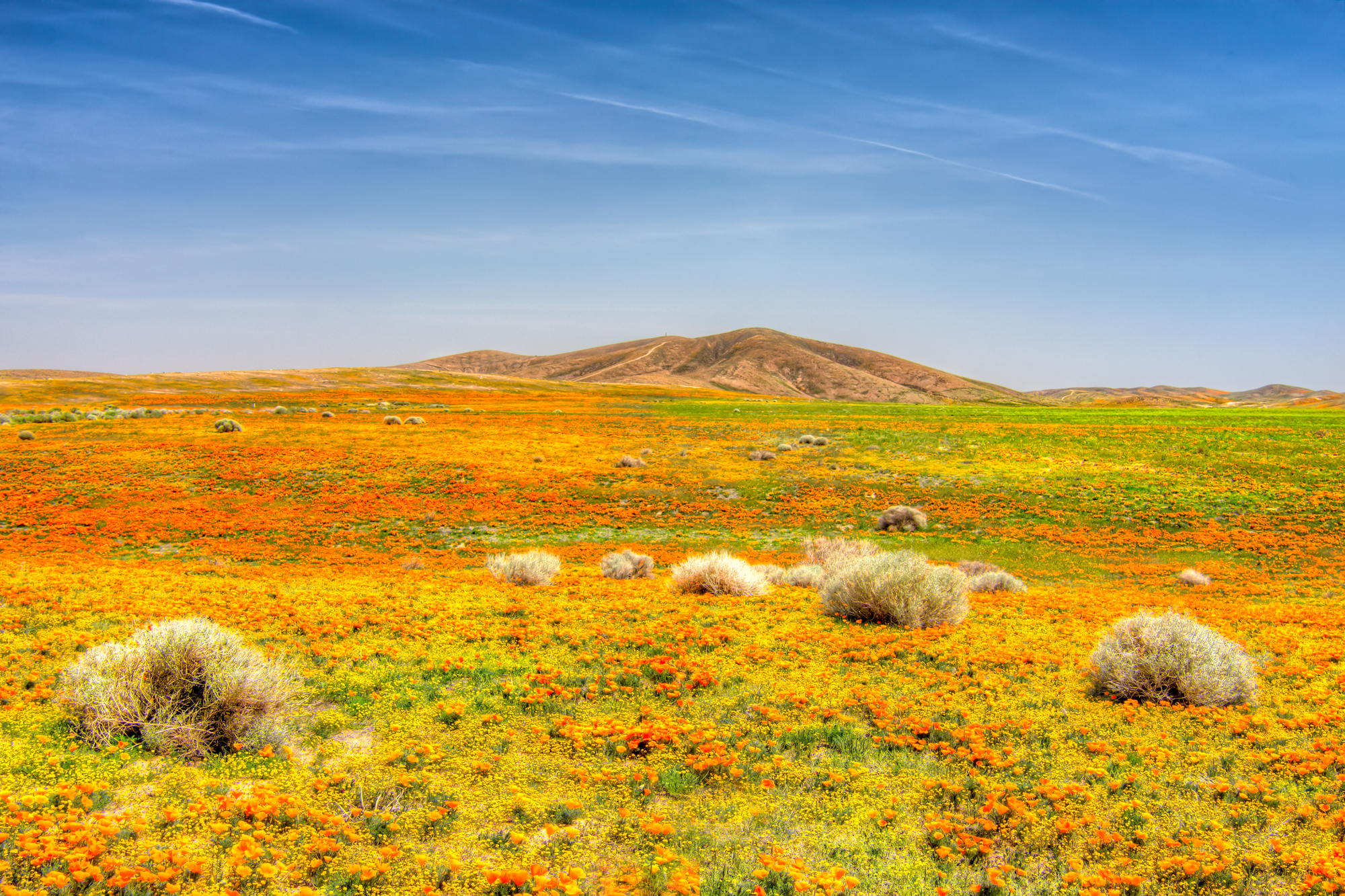
This dedicated wildflower route near Lancaster becomes world-famous during superbloom years, when entire valleys disappear under carpets of California poppies. The 15-mile loop road provides access to viewing areas where thousands of acres bloom simultaneously, creating landscapes so vivid they’ve been photographed from space during peak years.
Local rangers provide daily bloom reports during peak season, helping visitors time their trips for maximum impact. The reserve’s interpretive trails explain the ecology behind superbloom events while providing intimate access to displays that can extend beyond the horizon.
Blue Ridge Parkway, Virginia and North Carolina
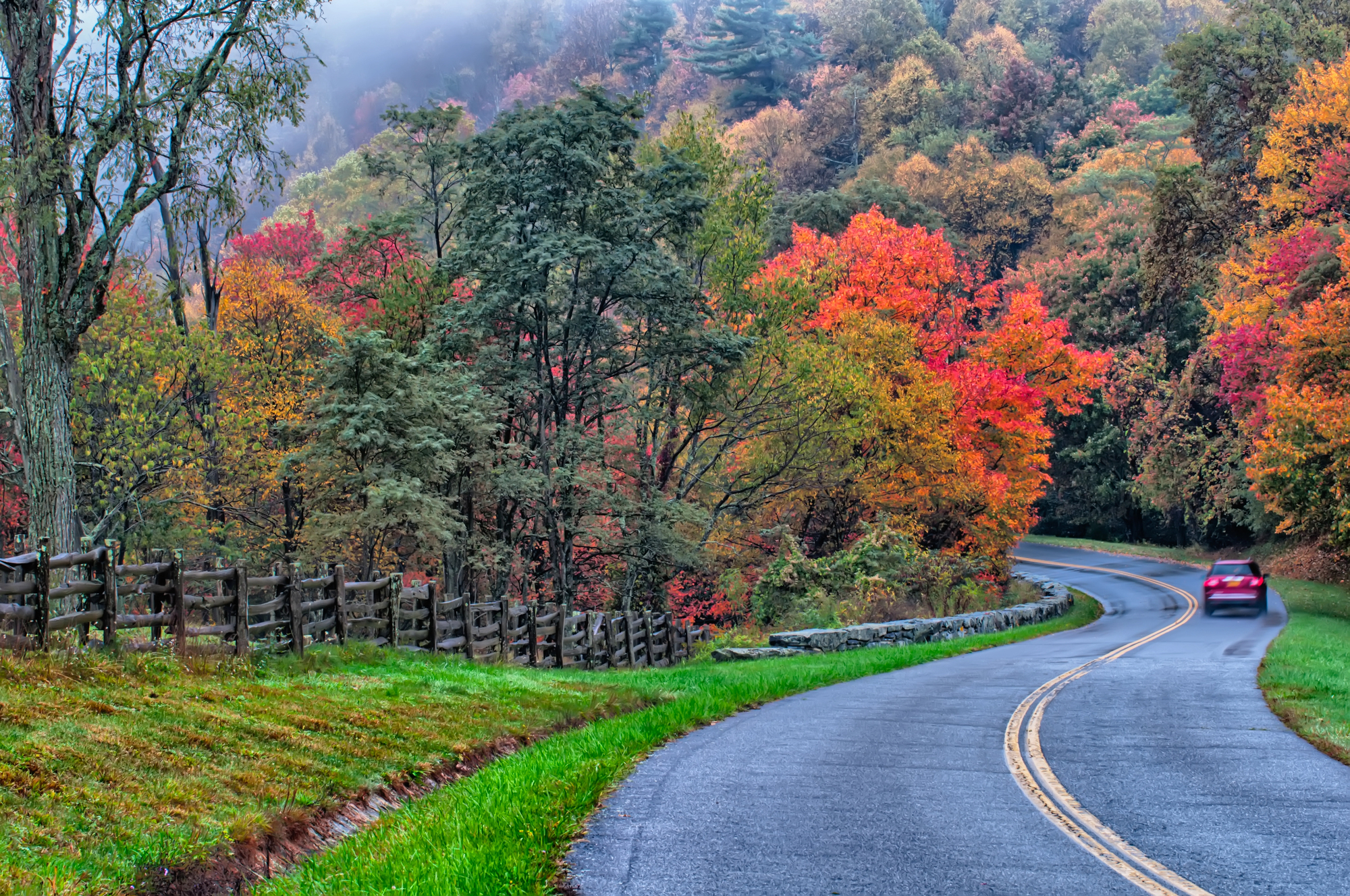
The Blue Ridge Parkway’s 469-mile length ensures that something blooms throughout the extended growing season, from early spring wildflowers to late summer mountain meadows. Elevational changes create successive blooming waves that start in valleys during March and continue through mountain peaks into September.
Rhododendron and mountain laurel create the most spectacular displays, transforming entire mountainsides into pink and white panoramas during peak years. The parkway’s numerous overlooks and hiking trails provide access to displays that change dramatically with elevation and exposure.
Like Travel Pug’s content? Follow us on MSN.
Wildflower Loop, Texas Hill Country
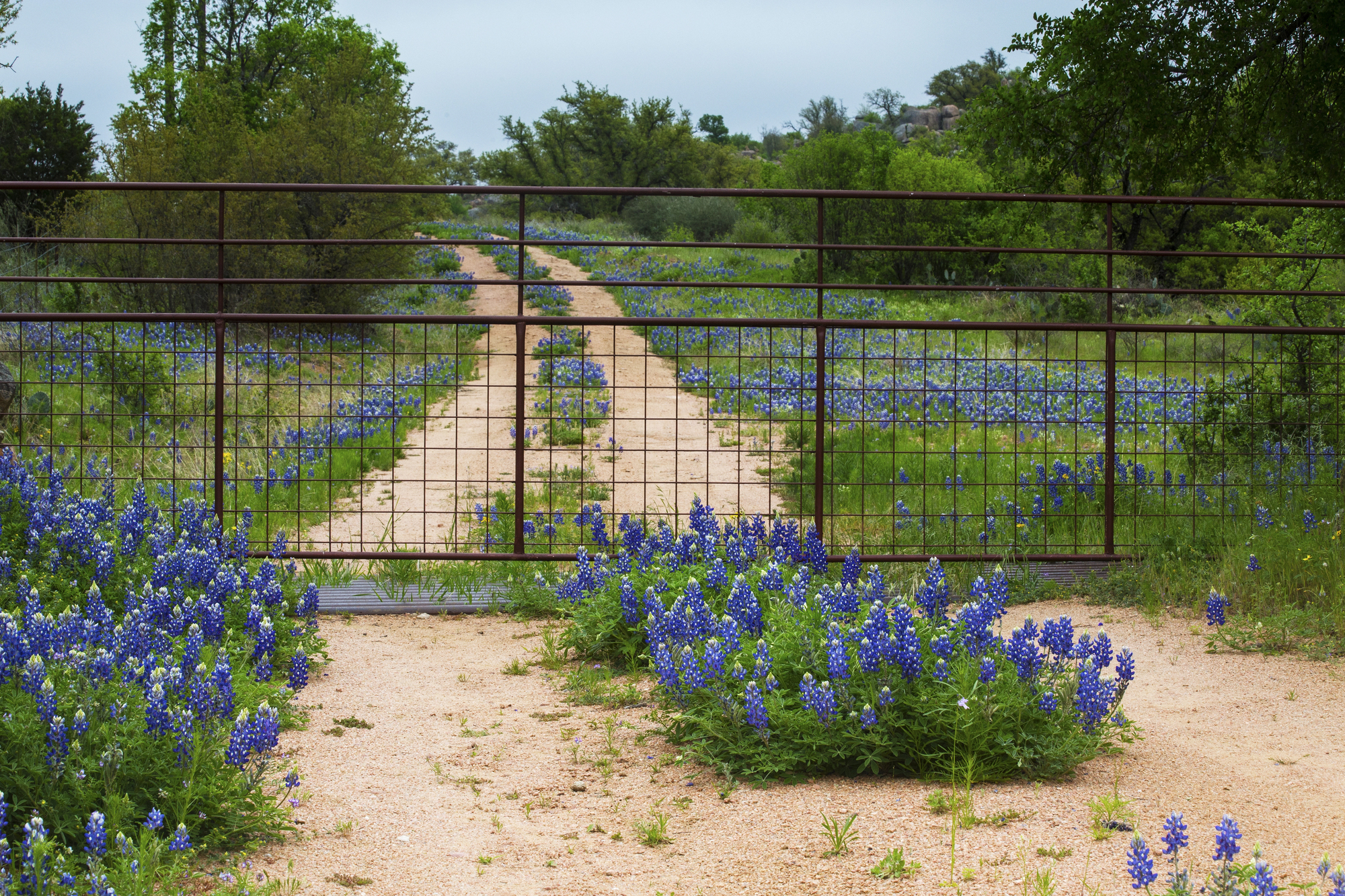
Central Texas transforms into a wildflower paradise each spring when bluebonnets, Indian paintbrush, and dozens of other species create displays that attract visitors from around the world. The informal wildflower loop connects highways 290, 16, and 71 through the heart of Hill Country, where roadside displays can extend for miles without interruption.
Peak blooming typically occurs from mid-March through April, but timing varies significantly with winter rainfall patterns. Local communities celebrate with festivals and guided tours that help visitors locate the best displays during peak bloom periods.
Columbia River Gorge, Oregon and Washington
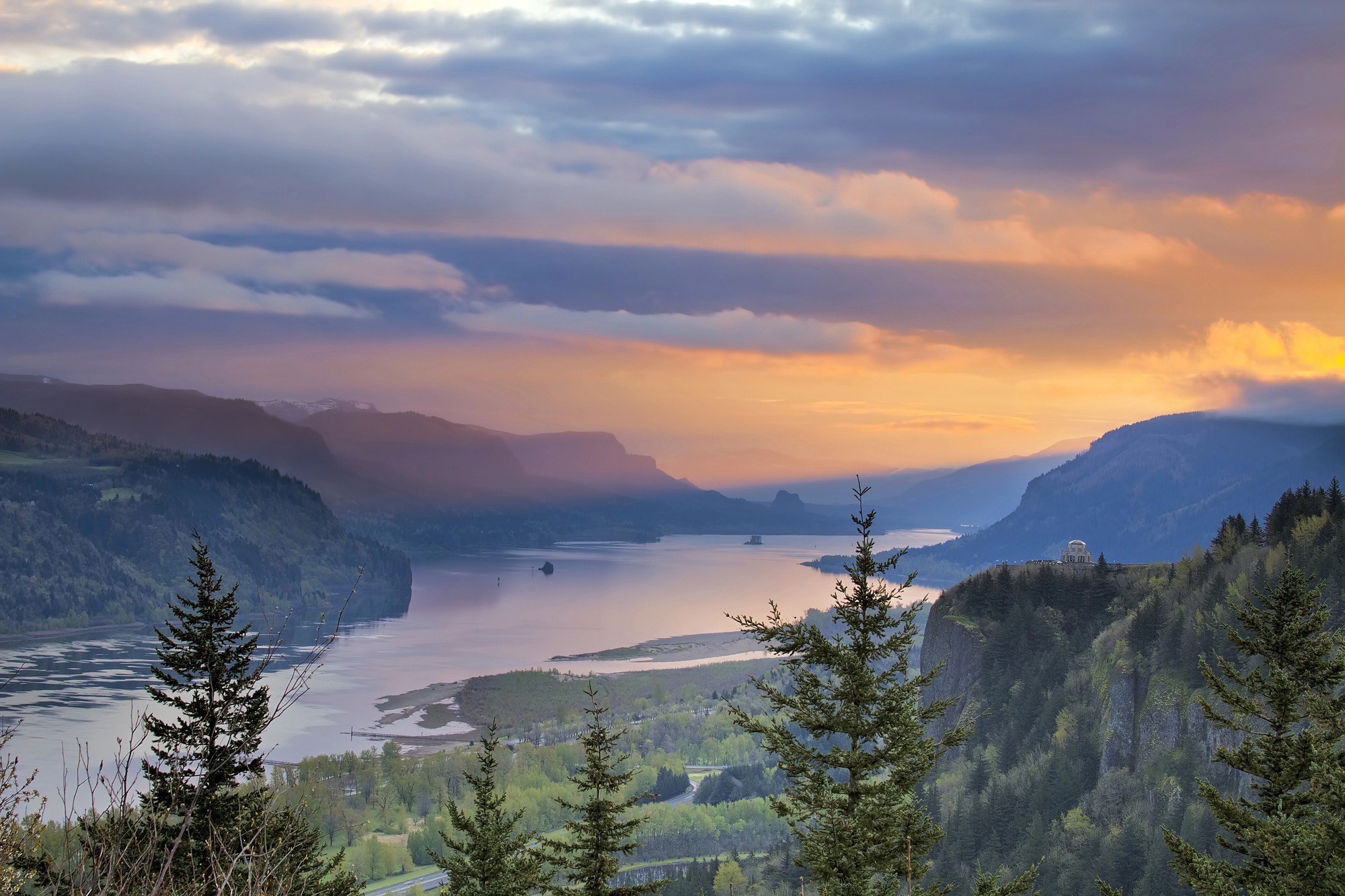
The Columbia River Gorge becomes a wildflower showcase each spring when desert and mountain species create displays that span multiple ecosystems and elevations. State Route 14 on the Washington side provides access to spectacular balsamroot displays that turn entire hillsides golden yellow during peak years.
The Oregon side offers different species and timing, creating opportunities for extended wildflower viewing throughout spring. Waterfalls provide dramatic backdrops for wildflower photography, while hiking trails provide access to displays that road viewing can’t reach.
Going-to-the-Sun Road, Glacier National Park, Montana
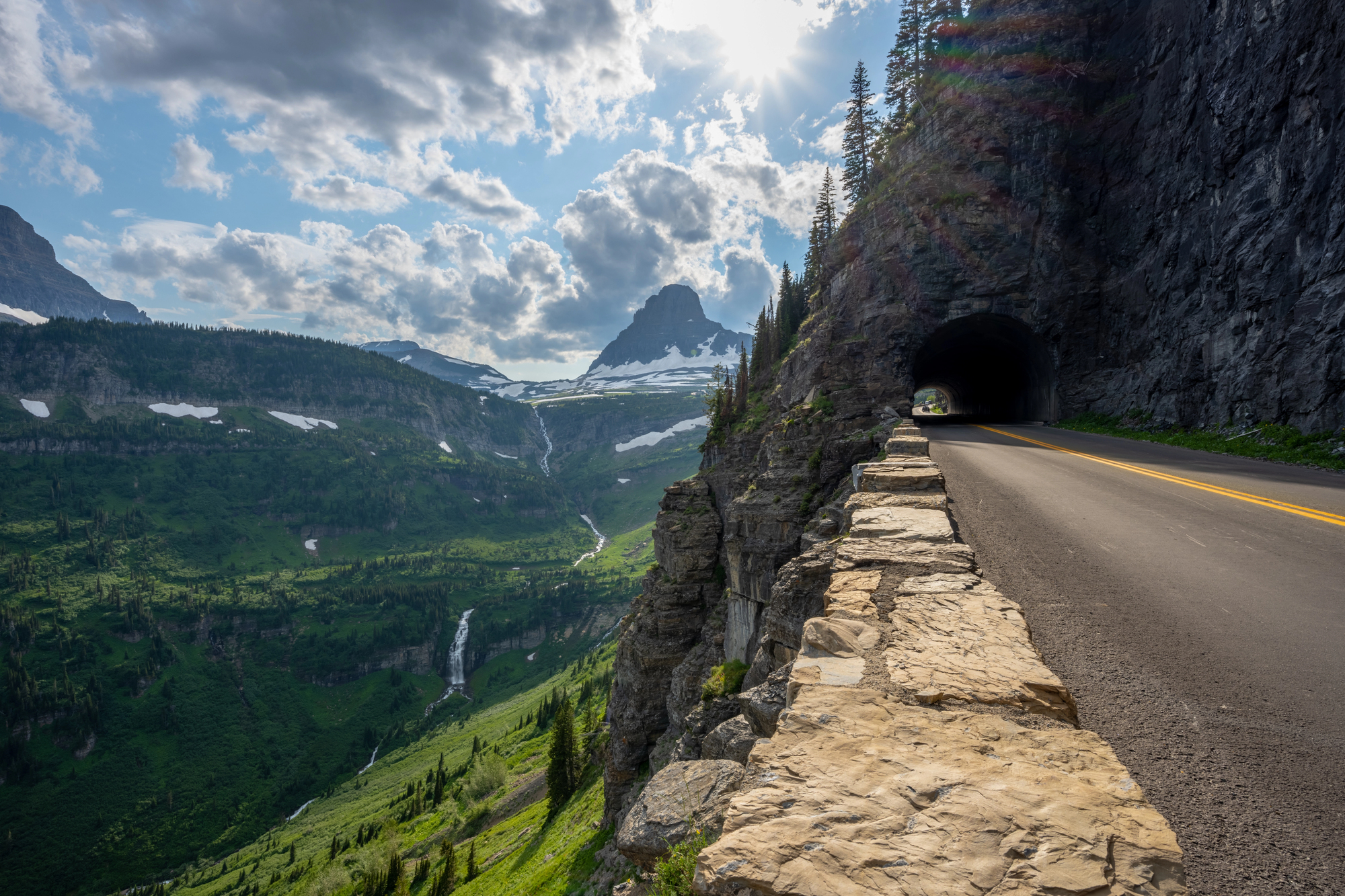
Glacier National Park’s iconic mountain road provides access to alpine wildflower displays that peak during the brief summer growing season at elevation. The road’s 6,600-foot elevation gain creates a succession of blooming zones from valley floors to alpine meadows above treeline.
Peak wildflower viewing typically occurs from July through August, when snow melts expose meadows that explode with color for just weeks. The combination of glacial peaks, pristine lakes, and wildflower meadows creates some of North America’s most spectacular mountain scenery.
Like Travel Pug’s content? Follow us on MSN.
Cascade Loop, Washington
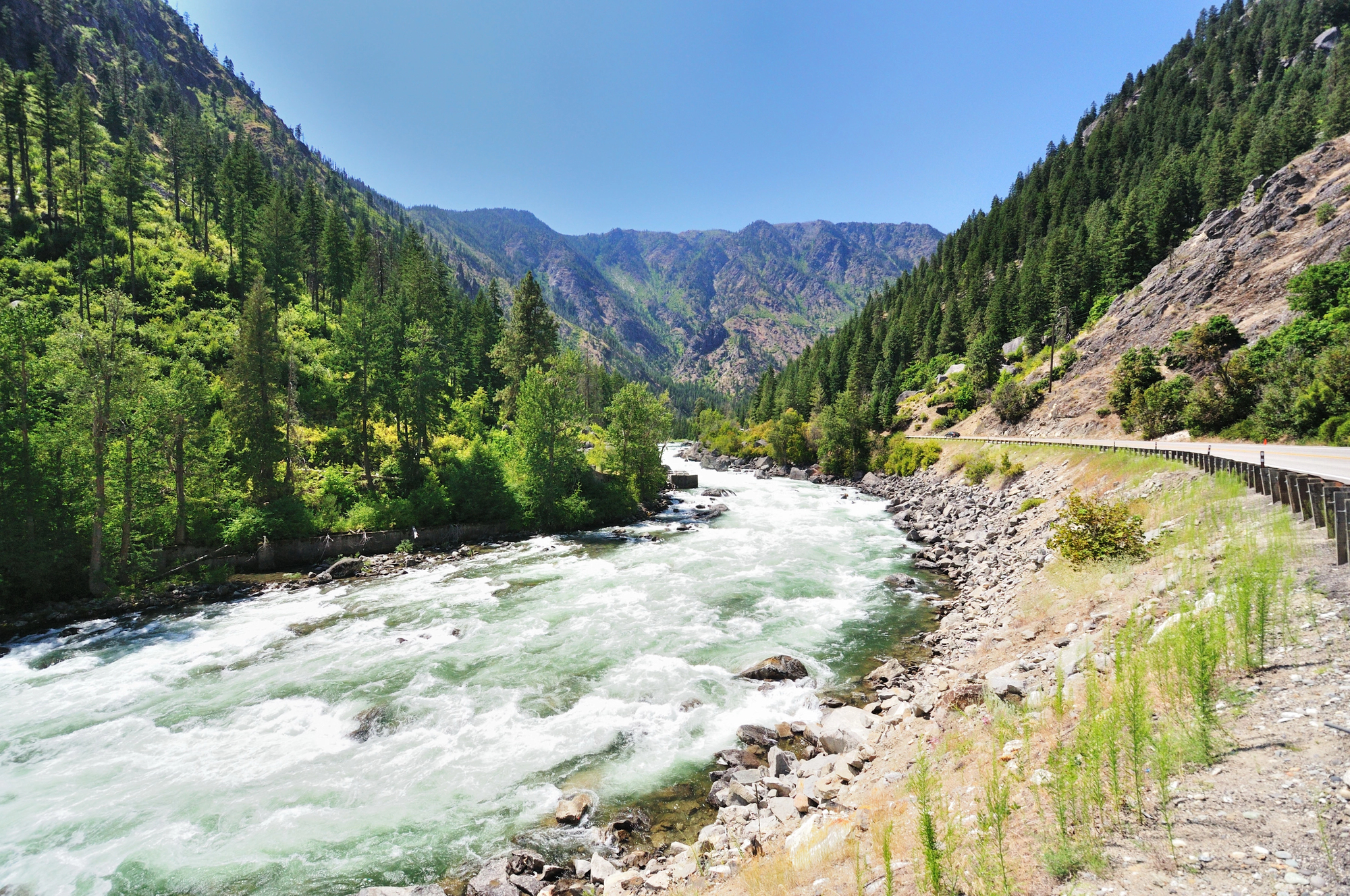
Washington’s Cascade Loop connects multiple mountain passes and valleys, where wildflower displays change dramatically with elevation and exposure throughout the growing season. North Cascades Highway provides access to alpine meadows that bloom spectacularly during brief summer windows when snow finally melts.
The loop’s 440-mile route ensures that something blooms from spring through fall, with peak displays moving upward in elevation as temperatures warm. Mountain passes like Washington Pass and Stevens Pass offer access to displays that rival any alpine wildflower destination worldwide.
Trail Ridge Road, Rocky Mountain National Park, Colorado
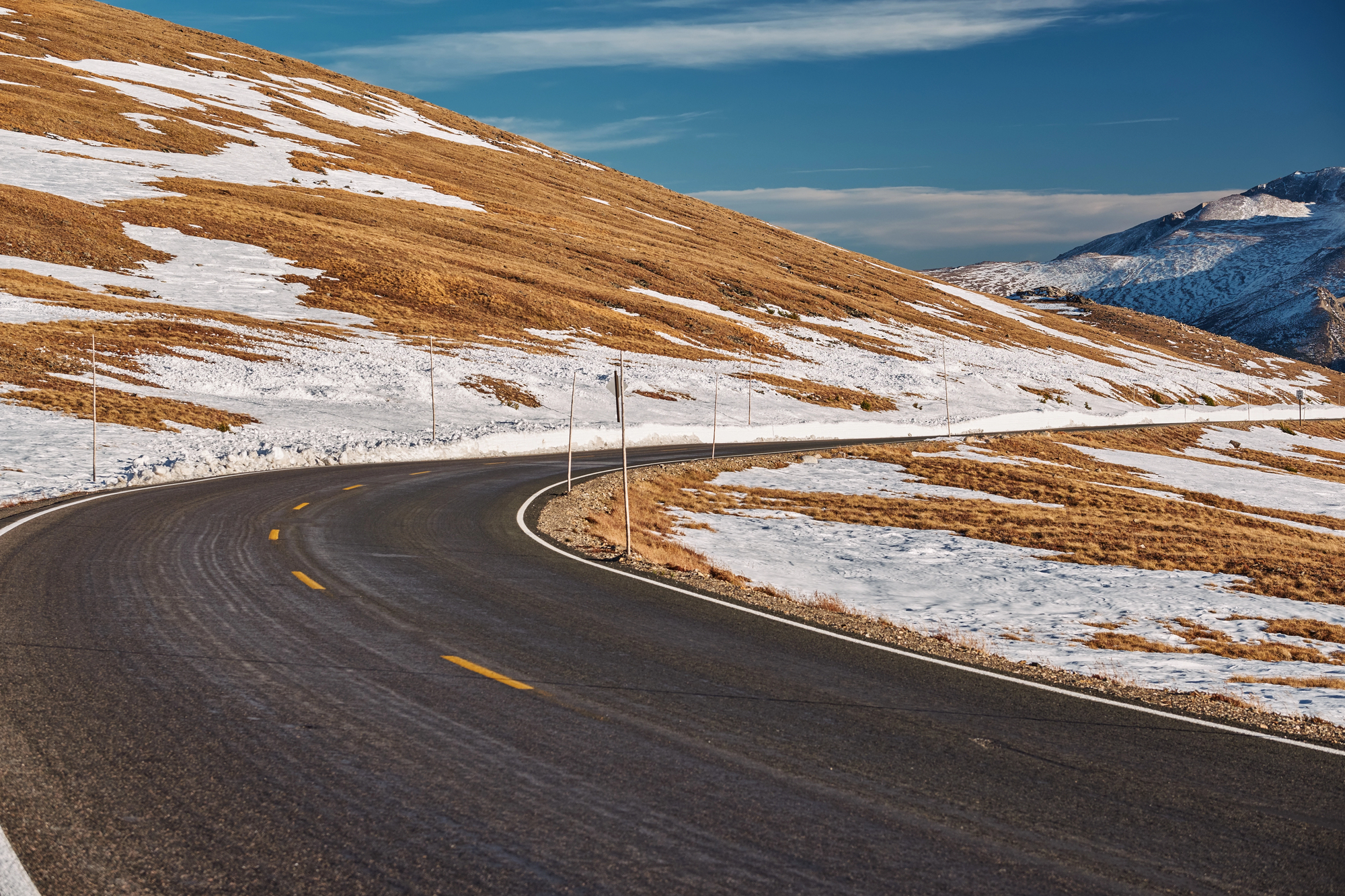
Rocky Mountain National Park’s Trail Ridge Road climbs above treeline to access alpine wildflower meadows that bloom intensely during Colorado’s brief mountain summer. The road’s 12,183-foot maximum elevation provides access to specialized alpine plants that bloom nowhere else in the region.
Peak viewing spans late June to August, when snowmelt nourishes alpine wetlands teeming with floral diversity. The combination of mountain peaks, alpine lakes, and wildflower meadows creates Colorado’s most accessible high-altitude wildflower experience.
Beartooth Highway, Montana and Wyoming
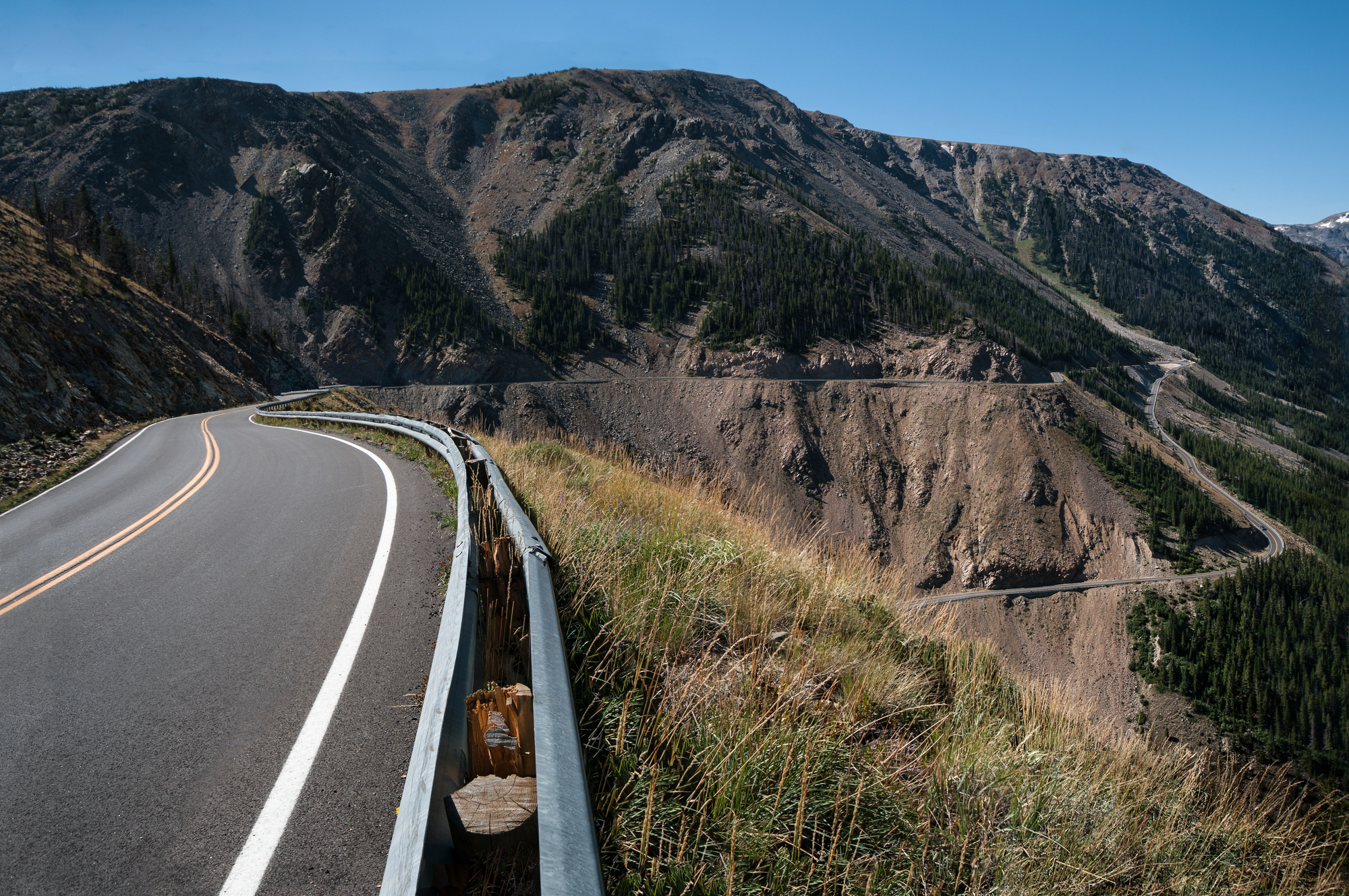
The Beartooth Highway climbs to 10,947 feet through alpine terrain where wildflower meadows bloom intensely during the brief growing season above treeline. The road’s extreme elevation and harsh conditions concentrate blooming into just weeks, creating displays of incredible intensity when conditions align.
Peak viewing typically occurs from July through August, when snowmelt exposes meadows that have been frozen for most of the year. The highway’s dramatic mountain scenery provides backdrops that enhance wildflower photography while demonstrating nature’s ability to thrive in extreme conditions.
Like Travel Pug’s content? Follow us on MSN.
Million Dollar Highway, Colorado
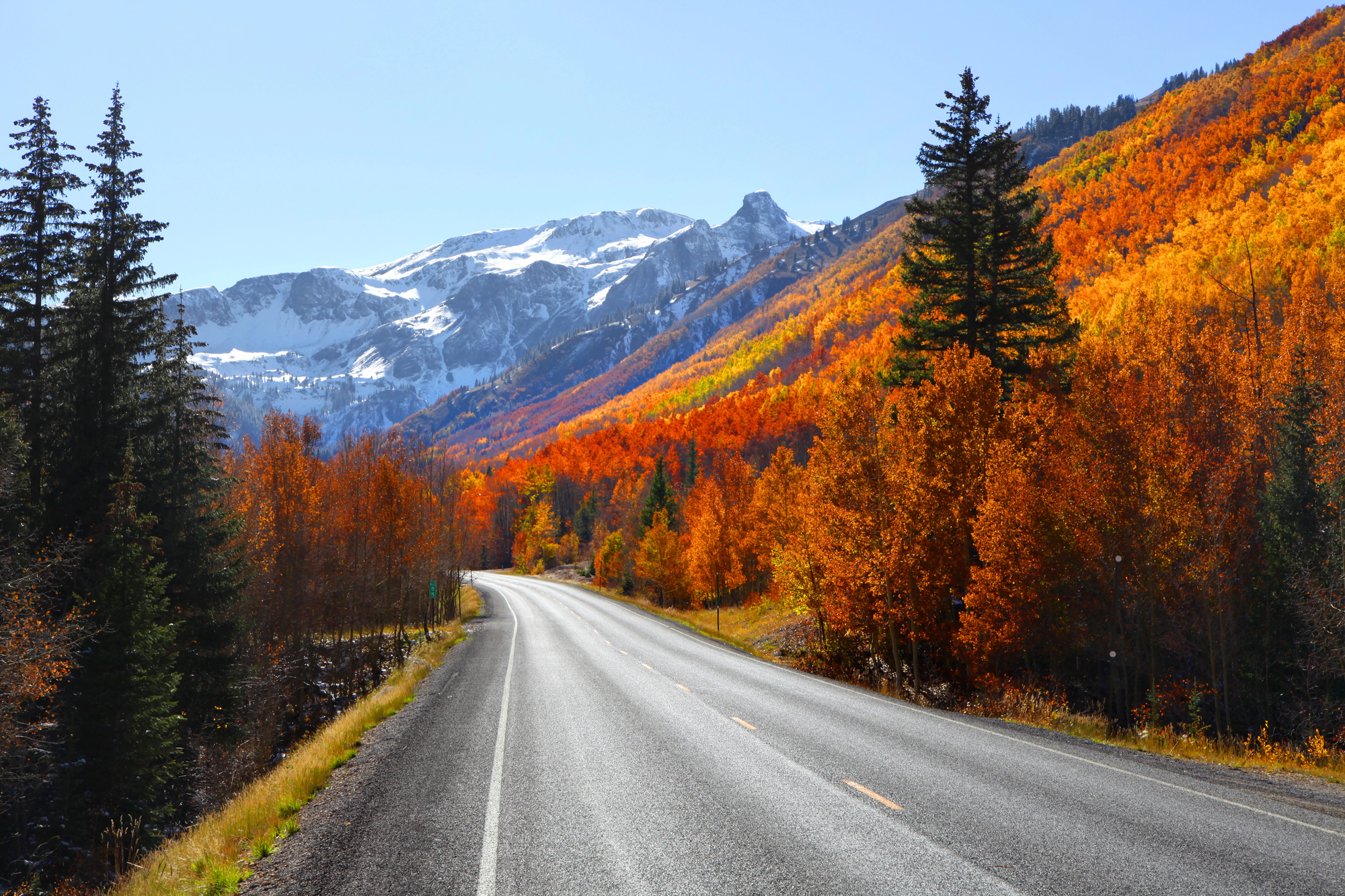
Colorado’s Million Dollar Highway connects Durango and Ouray through San Juan Mountain terrain, where wildflower meadows bloom at various elevations throughout the summer. The road’s numerous elevation changes create successive blooming waves that extend the viewing season from late spring through early fall.
Columbines, paintbrush, and alpine sunflowers create some of Colorado’s most spectacular mountain wildflower displays during peak years. The highway’s dramatic mountain scenery and mining history add cultural context to wildflower viewing experiences.
Scenic Byway 12, Utah
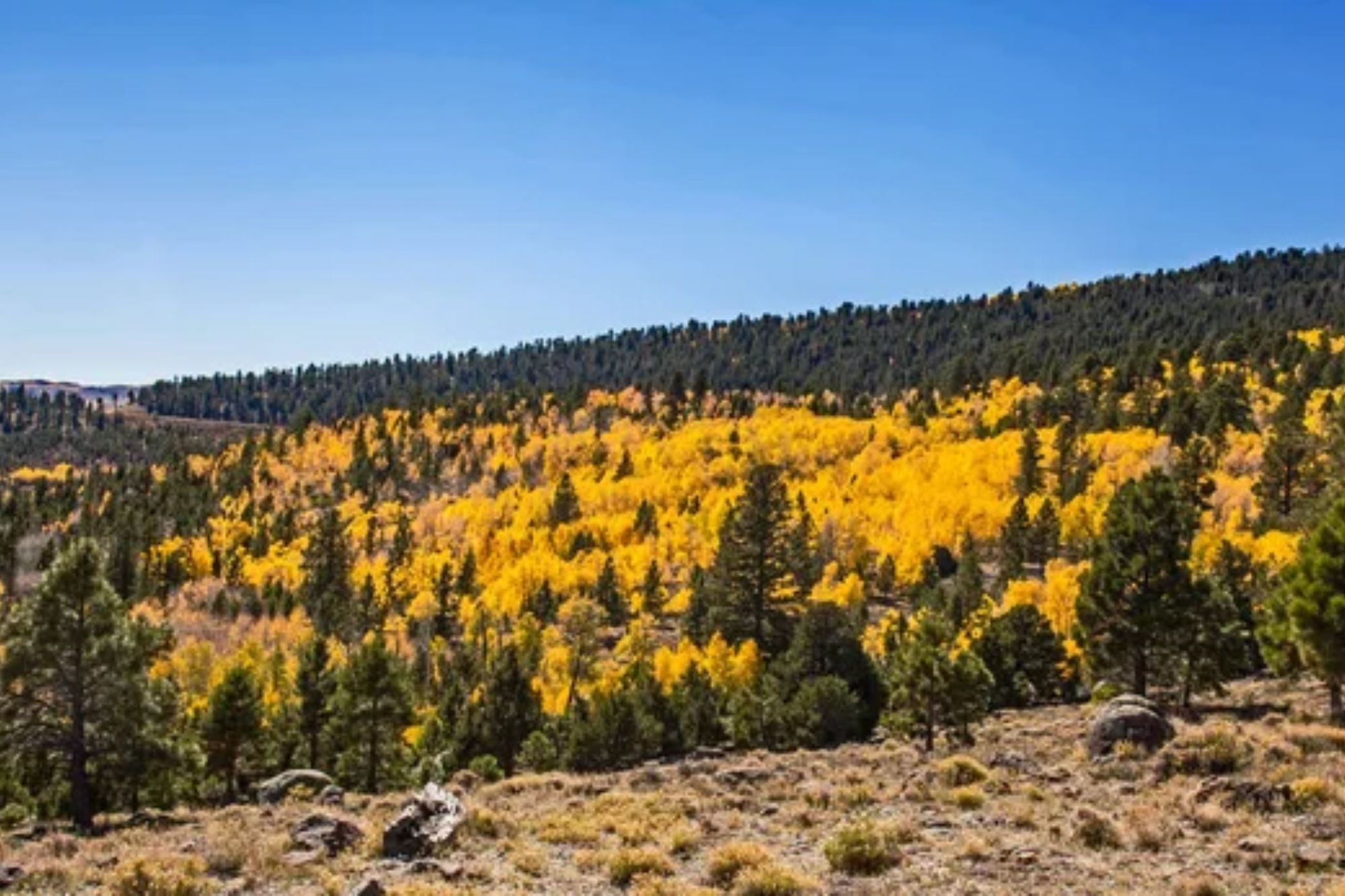
Utah’s Scenic Byway 12 traverses diverse ecosystems from red rock deserts to alpine forests, creating opportunities for wildflower viewing across multiple elevation zones and habitats. Desert wildflowers bloom during spring months, while mountain meadows peak during summer, extending the viewing season across several months.
The byway’s passage through Capitol Reef and Bryce Canyon areas provides access to displays that few visitors expect in Utah’s desert landscape. Elevation changes create dramatic transitions between desert and mountain wildflower communities within short distances.
Kaibab Plateau, Arizona
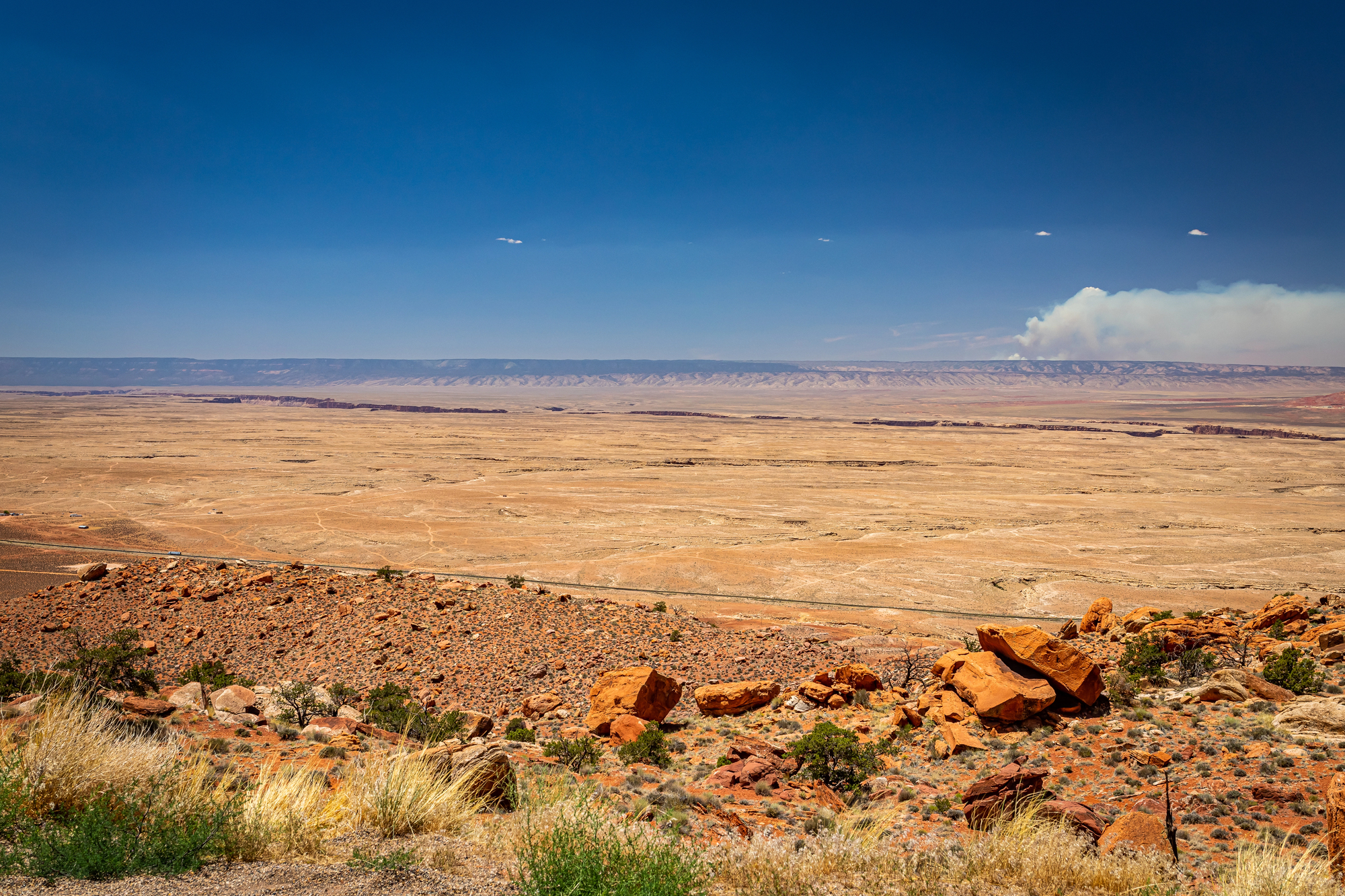
The Kaibab Plateau’s high elevation creates mountain island conditions where wildflower meadows bloom during Arizona’s summer monsoon season. State Route 67 provides access to displays that contrast dramatically with the surrounding desert landscape visible from Grand Canyon viewpoints.
Peak blooming typically occurs from July through September, when summer rains trigger displays in meadows that remain dormant during dry periods. The plateau’s unique ecosystem supports wildflower species found nowhere else in Arizona, creating viewing opportunities that surprise visitors expecting only desert vegetation.
Like Travel Pug’s content? Follow us on MSN.
Mount Hood Scenic Byway, Oregon
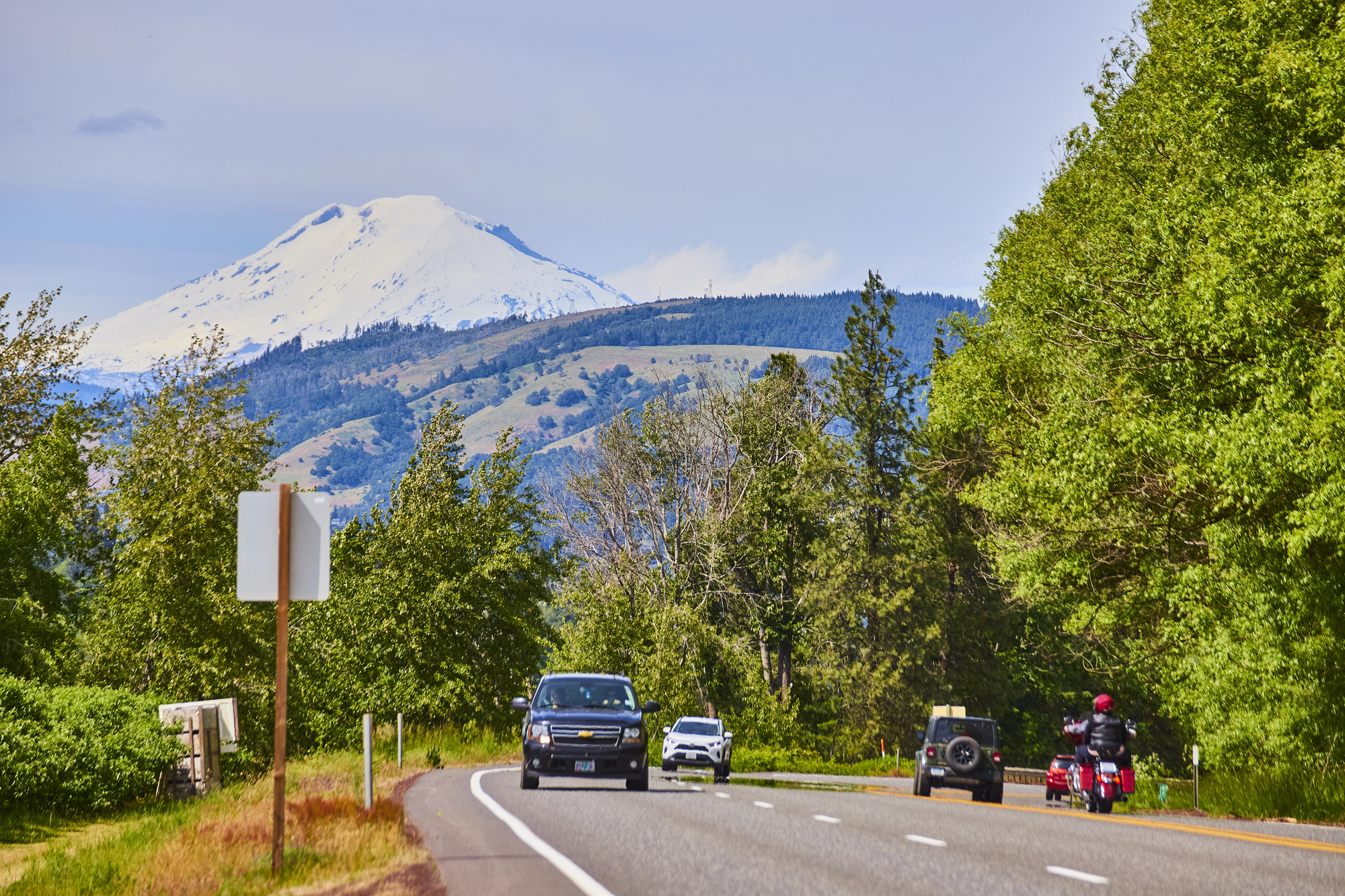
Oregon’s Mount Hood Scenic Byway provides access to Cascade Mountain wildflower meadows that bloom spectacularly during brief summer windows when snow melts. The route’s elevation changes create successive blooming waves from valley floors to alpine meadows above treeline.
Government Camp and Timberline Lodge areas offer access to displays that peak during July and August when mountain conditions allow. The combination of volcanic peaks, old-growth forests, and wildflower meadows creates Oregon’s most accessible mountain wildflower viewing.
High Road to Taos, New Mexico
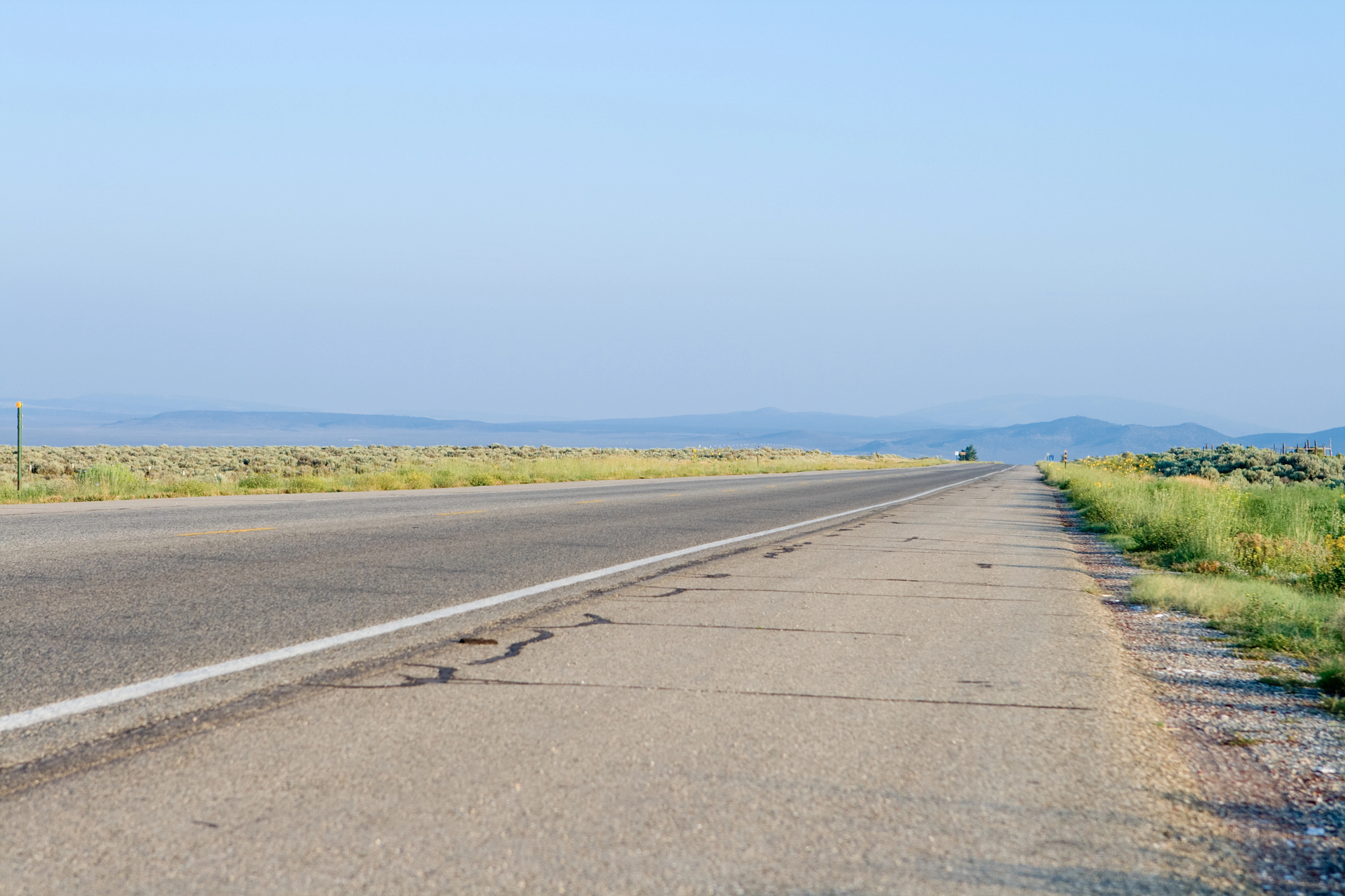
New Mexico’s High Road to Taos climbs through elevation zones where wildflower displays change dramatically from desert floors to mountain meadows. The route’s passage through Sangre de Cristo Mountains creates opportunities for viewing species that bloom at different elevations throughout the growing season.
Summer monsoons trigger the most spectacular displays, when desert wildflowers bloom alongside mountain species during brief wet periods. The road’s cultural and historical significance adds depth to wildflower viewing experiences in northern New Mexico.
Glacier Bay Road, Alaska
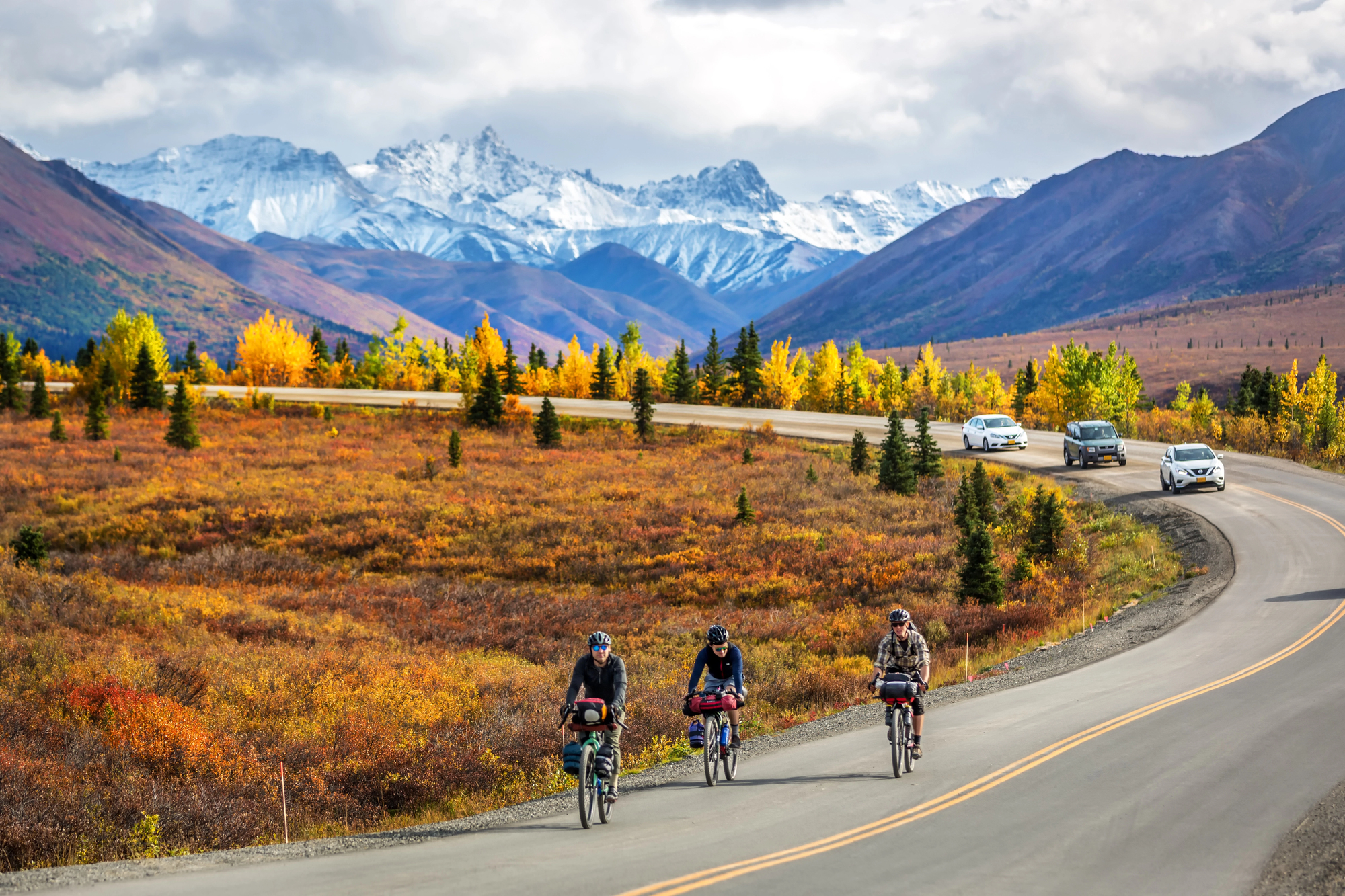
Alaska’s Glacier Bay Road provides access to subarctic wildflower displays that bloom intensely during the brief northern growing season. The road’s relatively low elevation ensures early snowmelt and extended growing seasons compared to alpine areas elsewhere in Alaska.
Peak blooming occurs from June through August, when nearly continuous daylight supports incredible growth rates and flower production. The combination of glacial scenery, marine environments, and wildflower meadows creates uniquely Alaskan viewing experiences.
Like Travel Pug’s content? Follow us on MSN.
Olympic Peninsula Loop, Washington
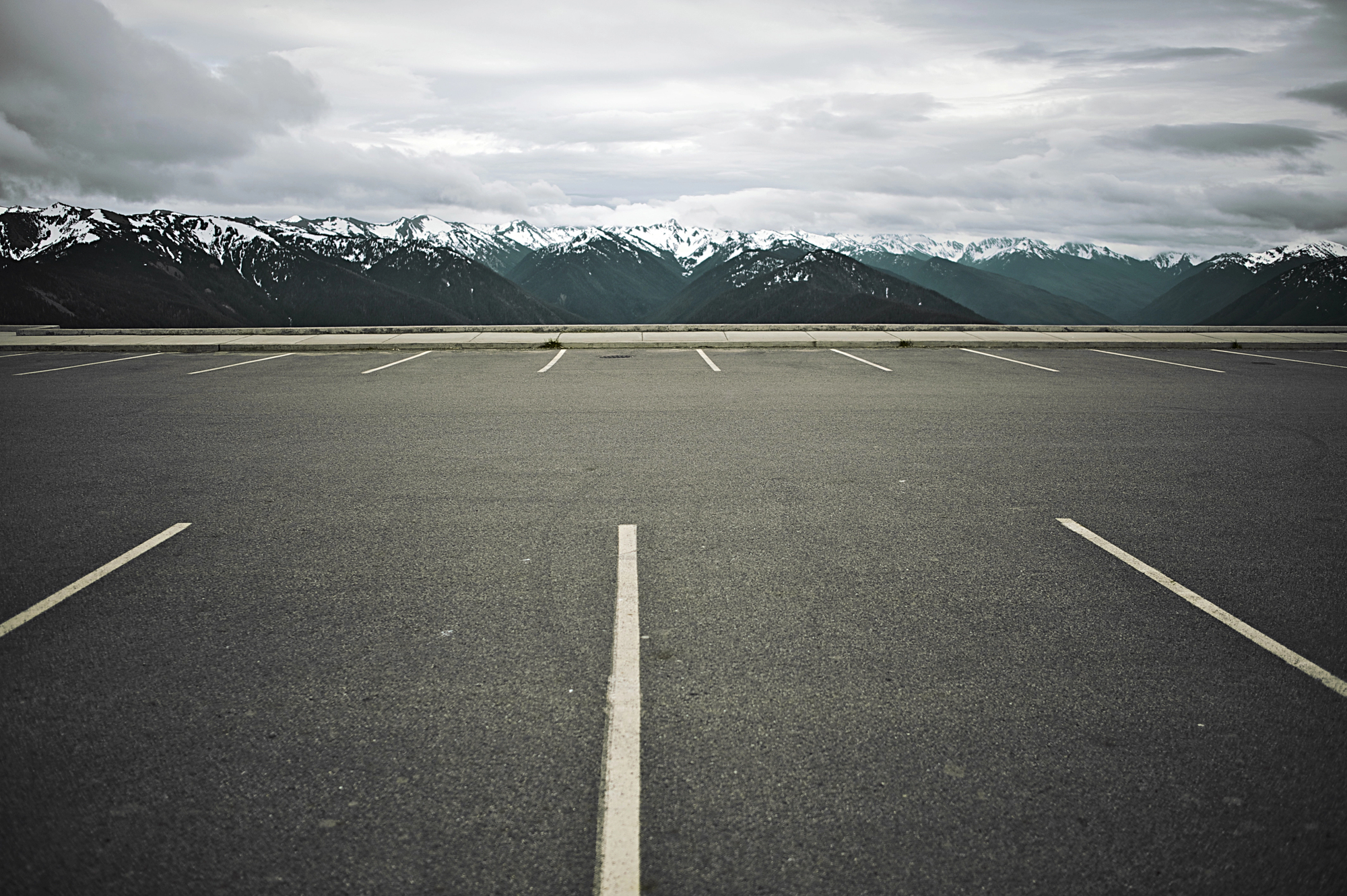
Washington’s Olympic Peninsula offers wildflower viewing across diverse ecosystems from coastal meadows to temperate rainforests to alpine zones. The peninsula’s complex topography creates microclimates that support different blooming schedules throughout the extended growing season.
Hurricane Ridge provides access to alpine meadows that peak during summer months, while coastal areas bloom earlier in spring. The loop’s diversity ensures that wildflower viewing opportunities exist from early spring through late summer across different elevations and exposures.
San Juan Skyway, Colorado
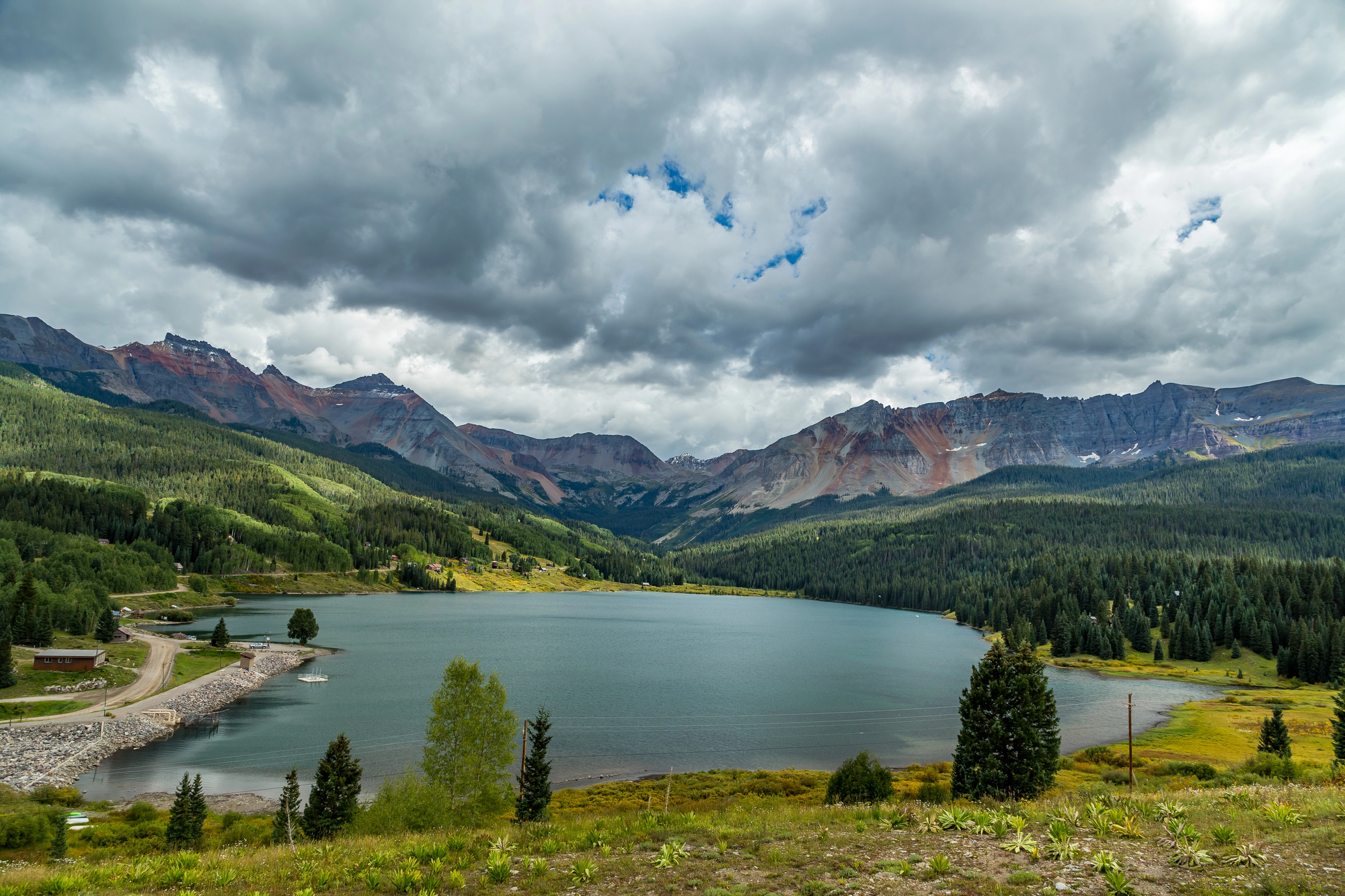
Colorado’s San Juan Skyway connects historic mining towns through mountain terrain where wildflower meadows bloom at various elevations throughout the summer growing season. The 236-mile loop provides access to displays that change dramatically with elevation, from valley floors to alpine zones above treeline.
Peak viewing typically occurs from June through August, when snowmelt creates ideal conditions for mountain wildflower displays. The route’s mining history and Victorian architecture provide cultural context that enhances wildflower viewing experiences.
Volcanic Legacy Scenic Byway, California and Oregon
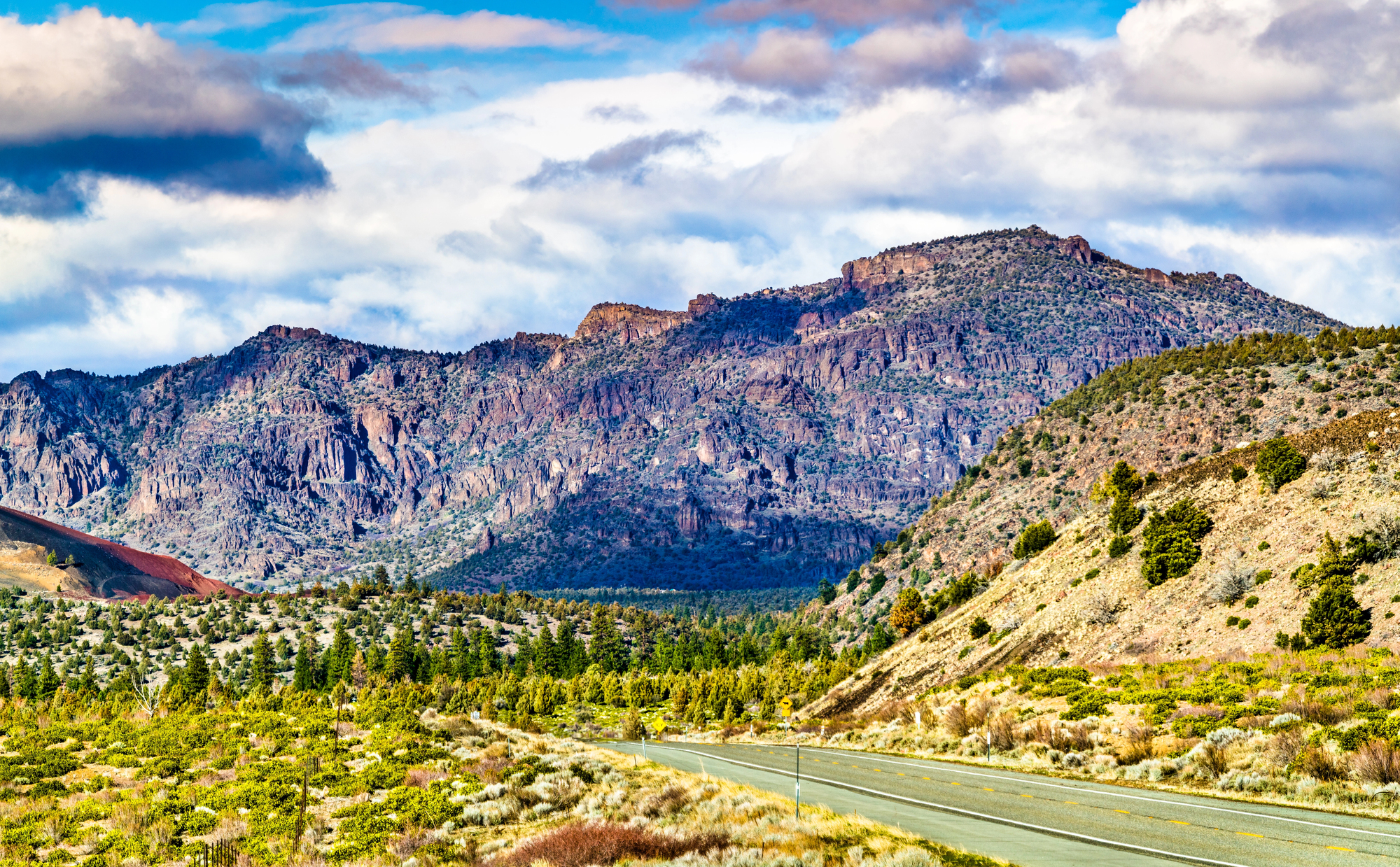
The Volcanic Legacy Scenic Byway traverses Cascade Mountain terrain where wildflower meadows bloom in volcanic soils that create unique growing conditions. The route’s 500-mile length ensures diverse viewing opportunities across multiple elevation zones and volcanic landscapes.
Lassen and Crater Lake areas provide access to displays that peak during different parts of the summer growing season. The combination of volcanic features, alpine lakes, and wildflower meadows creates viewing experiences that demonstrate nature’s ability to thrive in harsh volcanic environments.
Like Travel Pug’s content? Follow us on MSN.
Nebo Loop, Utah
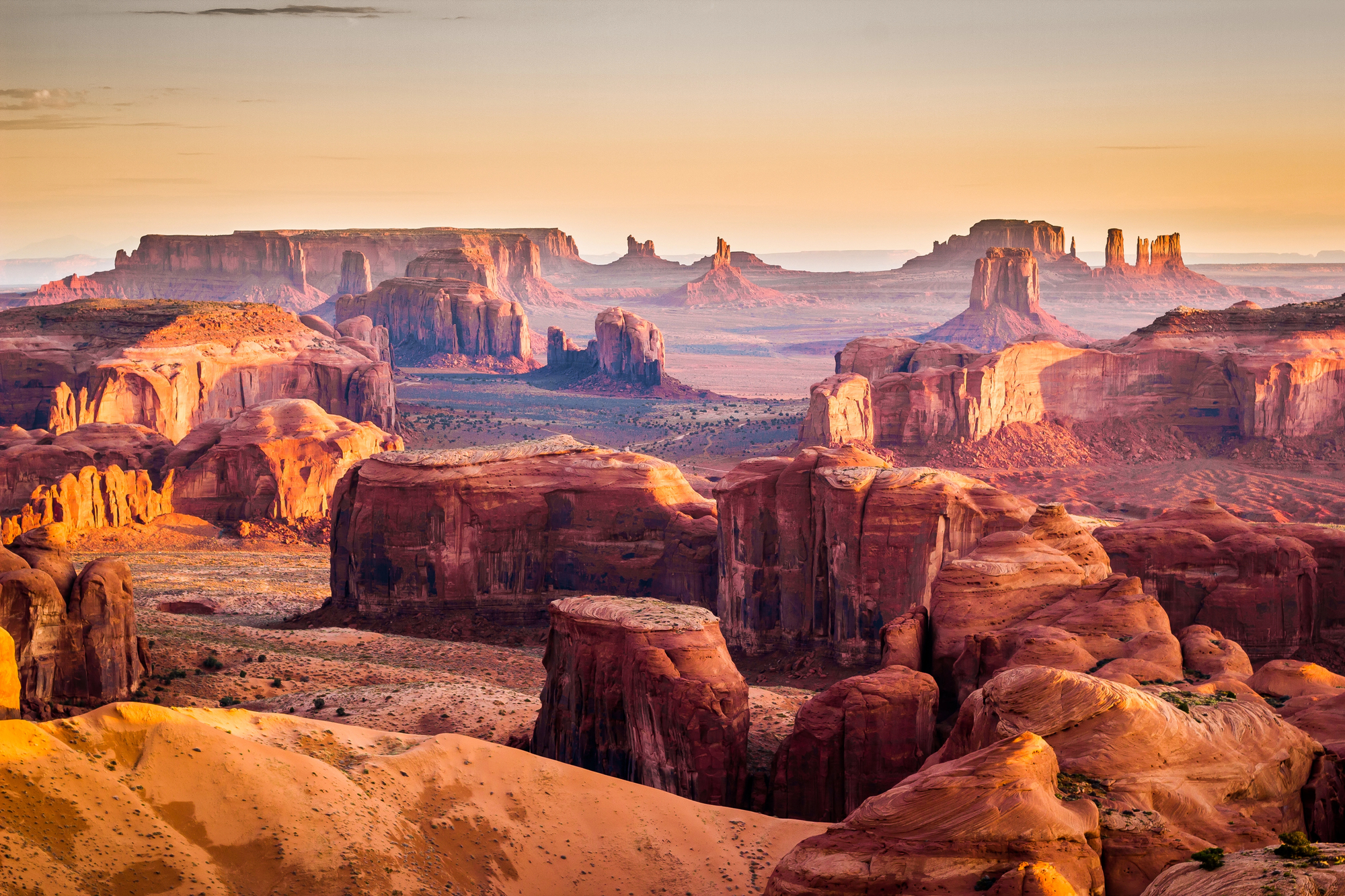
Utah’s Nebo Loop climbs through Wasatch Mountain terrain where wildflower meadows bloom at elevations that surprise visitors expecting only desert vegetation. The route’s elevation gain creates successive blooming zones that extend viewing opportunities throughout the summer growing season.
Peak displays typically occur from June through August, when snowmelt creates ideal conditions for mountain wildflower growth. The loop’s accessibility from Salt Lake City makes it Utah’s most convenient mountain wildflower destination.
Seward Highway, Alaska
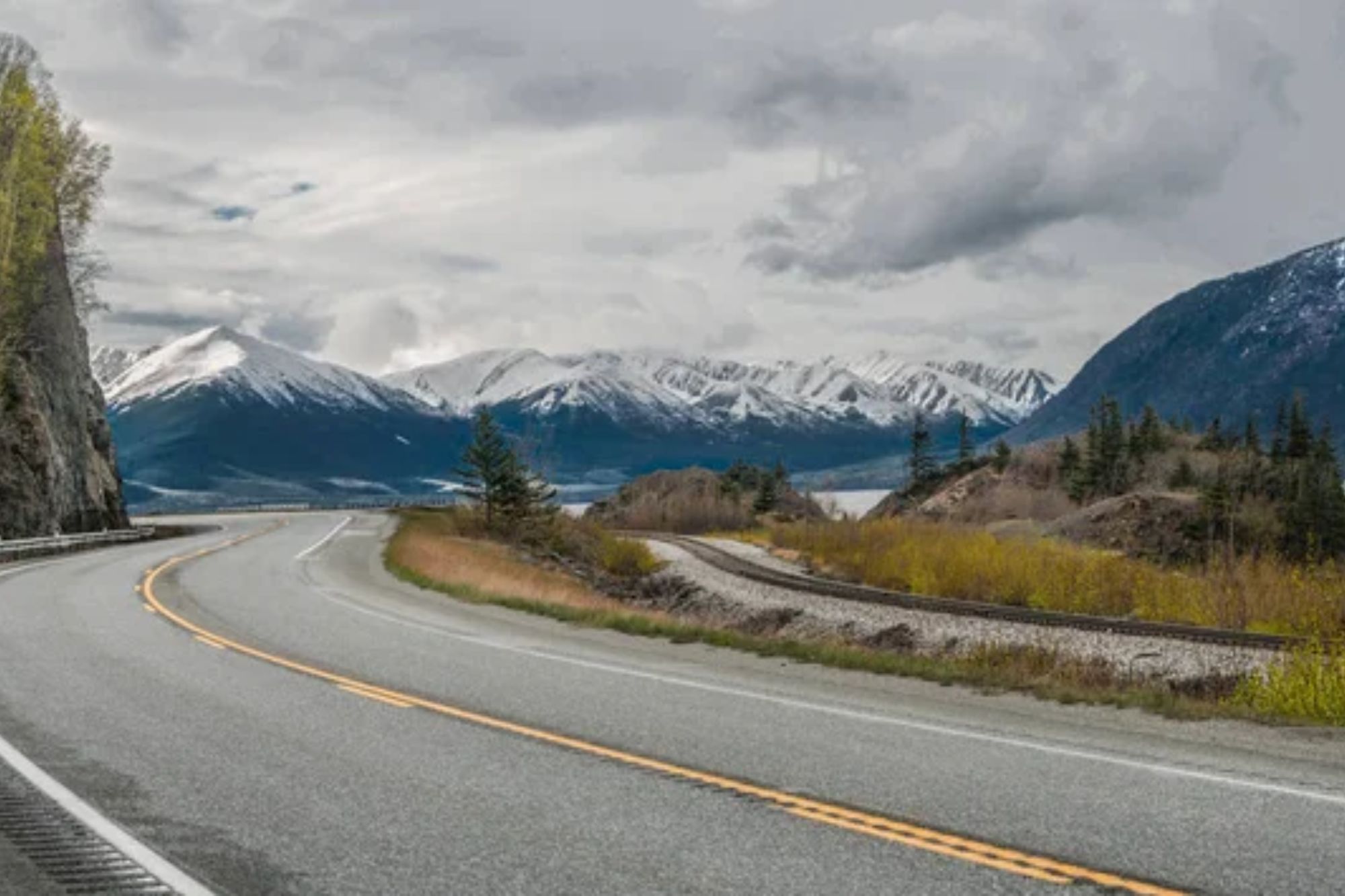
Alaska’s Seward Highway provides access to subarctic wildflower displays that bloom along Turnagain Arm and through Chugach Mountain terrain. The route’s coastal and mountain sections create diverse viewing opportunities that span from sea level to alpine zones.
Peak blooming occurs from June through August, when extended daylight hours support incredible flower production in harsh northern conditions. The combination of glacial scenery, marine environments, and wildflower displays creates uniquely Alaskan viewing experiences that contrast dramatically with temperate zone wildflower destinations.
Nature’s Fleeting Masterpieces
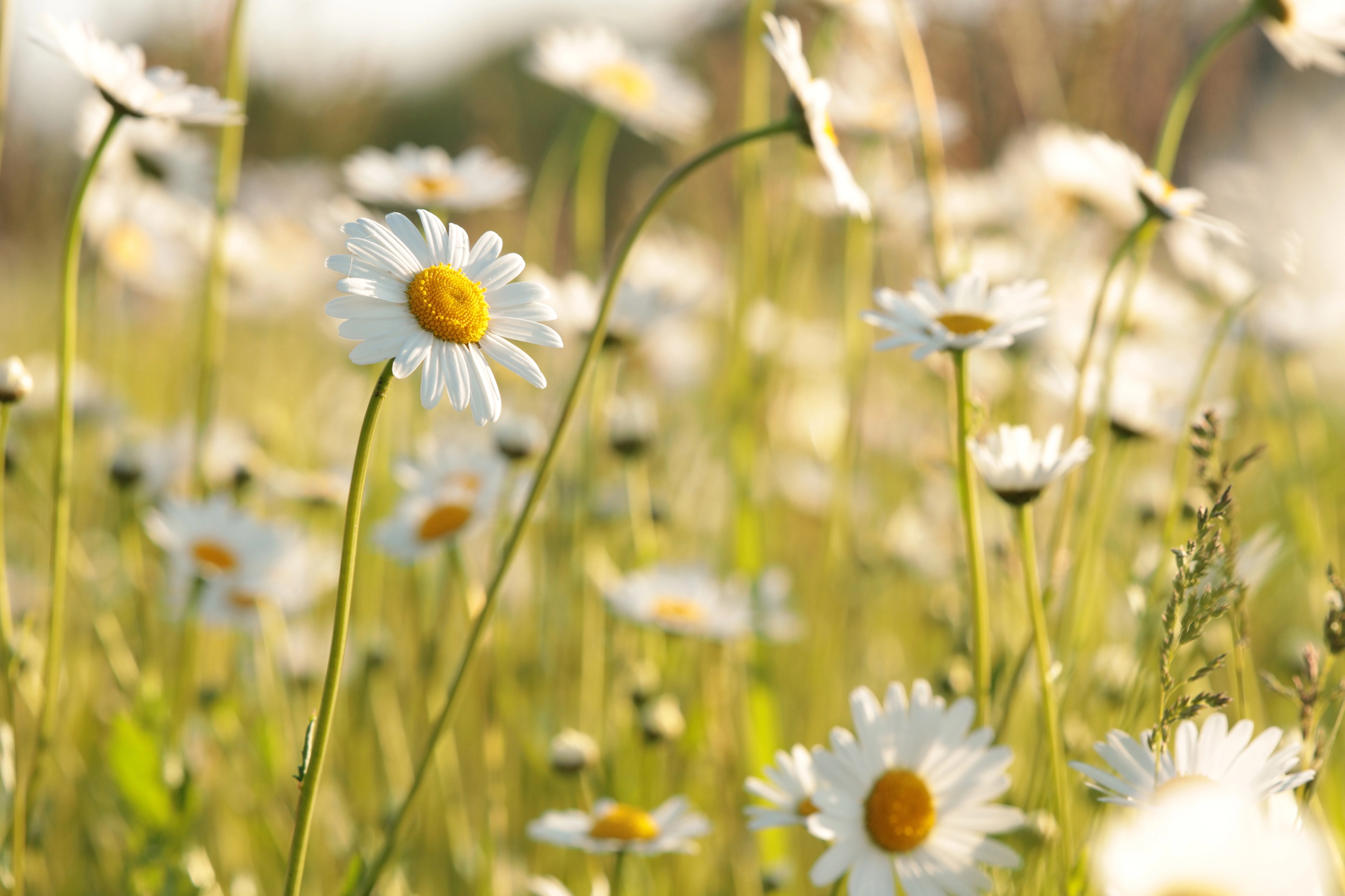
These scenic byways prove that wildflower superblooms represent some of nature’s most spectacular and unpredictable shows, where perfect conditions create displays that can transform entire landscapes for just weeks. Each route offers unique opportunities to witness these fleeting events, whether through desert superbloom explosions or alpine meadow displays that bloom intensely during brief mountain summers.
The key to successful wildflower chasing lies in flexibility, patience, and understanding that these natural masterpieces reward those willing to follow reports and travel when conditions align perfectly.
More from Travel Pug

- 20 Best Beach Towns in the Carolinas
- 13 Destinations Where Tourists Regularly Regret Their Trip
- 20 Destinations That Are More Magical Without an Itinerary
- 20 Underrated Adventures That Belong on Your Travel List
- 20 Cities Where You Should Just Wing It, No Planning Required
Like Travel Pug’s content? Follow us on MSN.
